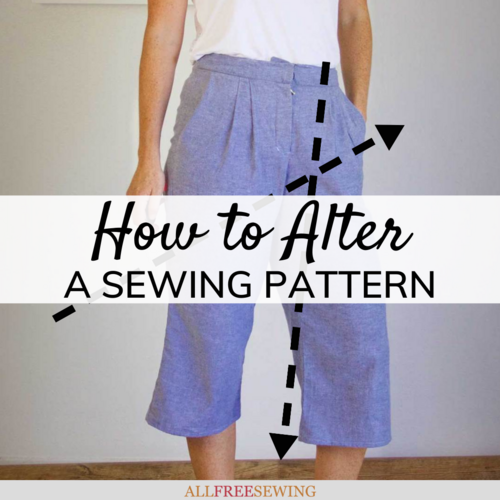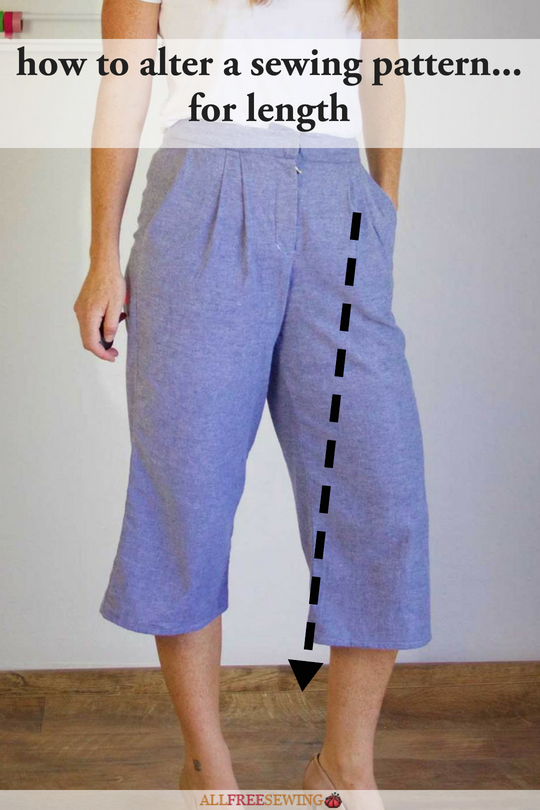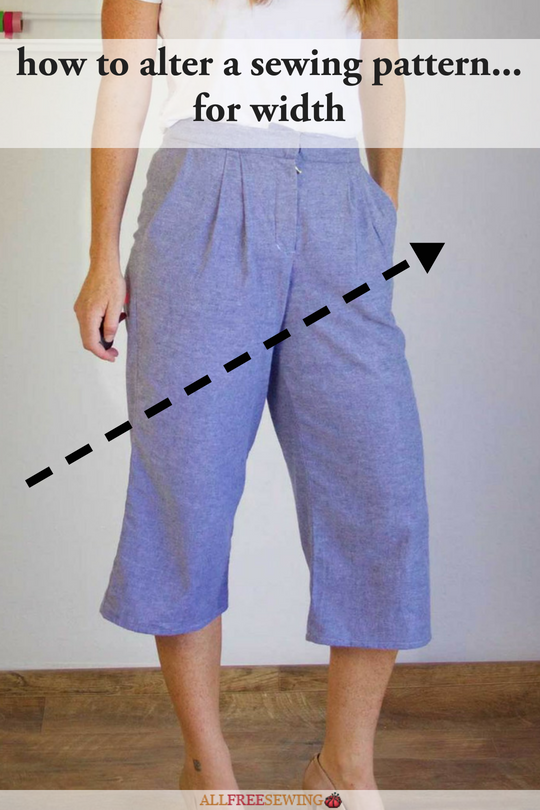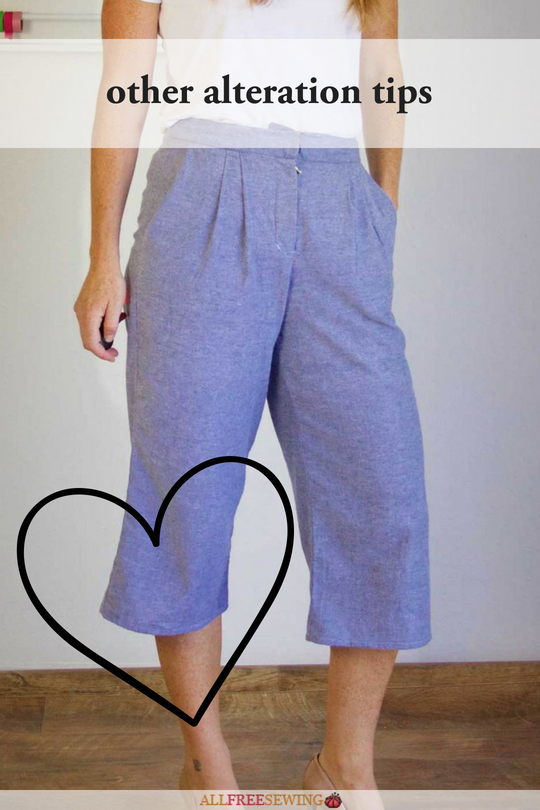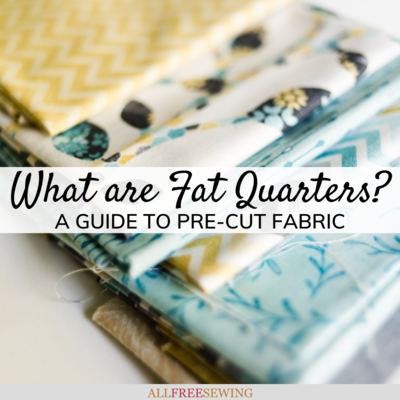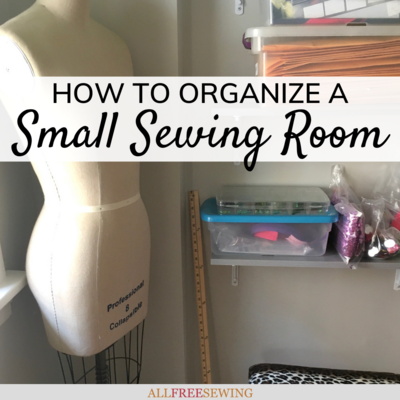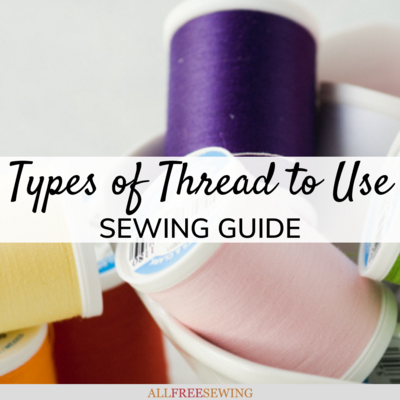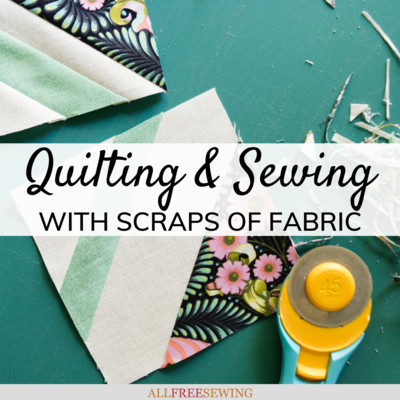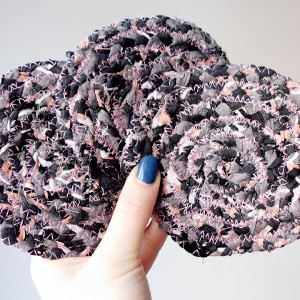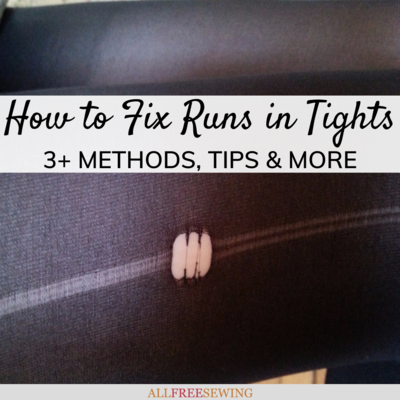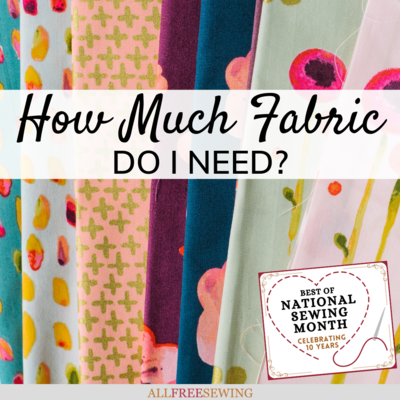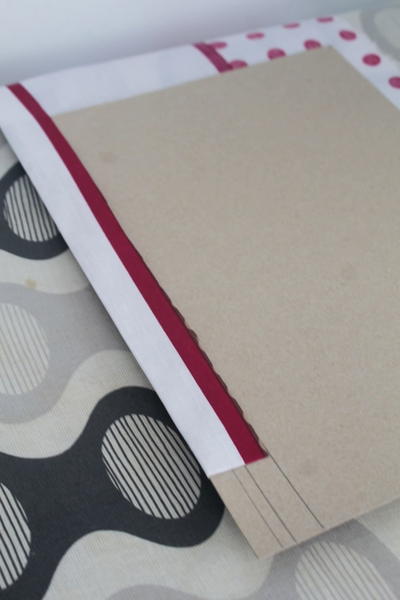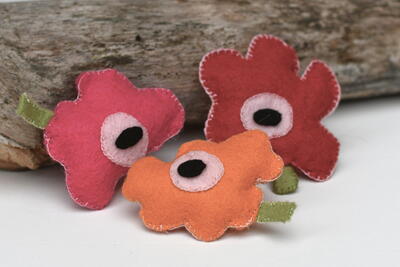How to Alter a Sewing Pattern
Learn how to alter a pattern to make it smaller or larger with these quick tips!
Learning how to alter a pattern can be a project-saving skill. The key element to a great wardrobe is not the patterns or the prints. A good wardrobe first and foremost consists of pieces that fit well. A perfectly fitting piece can be a miracle worker.
With this in mind, we have collected a few key tips on how to alter a pattern and make it fit just right in How to Alter a Sewing Pattern. This is by no means an all-encompassing guide to DIY pattern alteration but it can certainly get you started!
Before jumping into the quick tips we have here for adjusting sewing patterns, we will go over several pages that will help you find patterns, understand sewing with patterns better, as well as tips to become a better sewist.
Sign Up For More Free Patterns >>>
Table of Contents
Before Starting: Helpful Resources
How to Alter a Pattern for Length
How to Alter a Pattern for Width
Other Alteration Tips
Before Starting: Helpful Resources
If you are a beginner or simply want as many resources to help you excel in all aspects of sewing, these are the links you want to keep in mind.
How to Read a Sewing Pattern: This page is incredibly helpful for those of us who struggle with reading packaged sewing patterns. There is so much information that it can be overwhelming. This page walks you through the basics of any sewing pattern and provides tips for understanding and using your pattern in the best ways possible.
Perfect Dress Fit: This tutorial goes over tips for altering a dress pattern to obtain the best fit for your body. Carolina Moore explains in this video that slight adjustments can make a huge difference in getting that perfect fit. It's easy enough for beginner tailors to follow but is helpful for anyone who wants to refashion or change the size of a dress.
13 Online Resources for Vintage Sewing Patterns: Looking for vintage patterns to sew? This page is chock full of sources that offer both paid and free vintage patterns. You can buy a vintage pattern or simply download or print a pattern from a past era. Then you can use these tips to adjust the dress for your body dimensions.
Vintage Style Dress Tutorial Without a Pattern: Want to step out of the box and attempt sewing a dress without a pattern? This page is so detailed that you will have no trouble no matter what your skill level is. Anna Wilson walks you through the steps with full written instructions and helpful images. You will feel so proud when you finish your own custom dress.
Learning how to alter a pattern for length is relatively simple. Unlike other measurements, it is often much easier to add length. In order to add length to a pattern, simply measure the amount of length you want to add and add it to the bottom of the pattern. If you are sewing pants, remember to add length to both legs as well as alter the pattern to taper accordingly.
All of this is true for shortening a pattern, as well.
Altering a pattern to change the width can be a little more difficult depending on where you are altering the pattern. Make careful measurements of all areas of the body (hips, waist, and bust) and alter the pattern accordingly.
If you need to alter a pattern specifically for the size of one area of the body, the process becomes infinitely more complicated. Use these simple tips on how to alter a pattern to ensure that the piece fits perfectly when you are finished.
- If you are altering the waist of the piece (specifically narrowing the hips), you may want to add darts to the pattern. This can prevent the piece from bunching awkwardly.
- When you want to alter a pattern to fit larger shoulders, be sure to measure loosely and leave some extra room. People with broad shoulder often have more muscle on their body, meaning the piece will need room to twist and turn as they move throughout the day.
- A larger bust creates similar problems. Fabric will collect and bunch under a large bust on many patterns. Instead of altering the pattern to follow a straight, horizontal line, you may want to design it on a curve in order to give the body extra room.
- When adjusting a pattern for a larger person, be sure to be extra careful with the sleeves. Unlike a pair of paints, sleeves often fit tight around the arm or taper in a very specific way. If you are making a pattern larger, be sure to take measurements of your wearer’s arms, as well.
- If you are having trouble deciding on how large to make a certain measurement, consider measuring a piece of clothing you already wear regularly.
Read Next50+ Sewing Crafts That Sell Well
Your Recently Viewed Projects
KLC
Jun 28, 2018
This is a helpful page. Pants are always way too long for me so I need to alter most of what I buy.
Report Inappropriate Comment
Are you sure you would like to report this comment? It will be flagged for our moderators to take action.
Thank you for taking the time to improve the content on our site.

